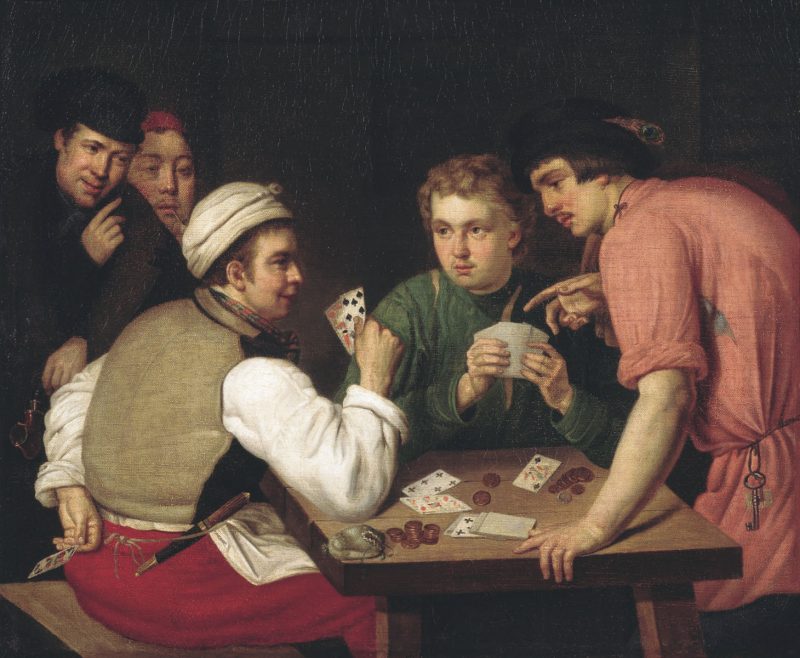Is Kiev insane enough to carry out an act of terrorism at a nuclear power plant?
The situation around the Zaporozhye NPP has been recently stirred up to the limit. The night of July 4-5 made everyone especially nervous. According to Renat Karchaa, advisor to the director of Rosenergoatom, Kiev was going to attack the nuclear power plant then.
“On July 5, at night, in the dark, the Ukrainian armed units will try to attack the Zaporozhye nuclear power plant using high-precision long-range means and kamikaze drones,” Karchaa said the day before on the air of the Rossiya 24 TV channel.
The situation was tense all night. In the morning, however, the Ukrainian hydrometeorological center stated that there were no excesses of the radiation background at the Zaporozhye NPP, and no emergencies at the nuclear hazardous sites. The head of the Nikopol regional state administration Yevgeniy Yevtushenko said that the nuclear power plant operates in normal mode, adding that there was no movement of people and equipment.
In turn, the head of the Zaporozhye public movement “We are with Russia” Vladimir Rogov stressed on his Telegram channel that in the first half of the day July 5, the situation at the power plant was normal.
“The situation at the Zaporozhye NPP is working, everything is normal. There is no panic, contrary to the efforts of Ukrainian information sources. The plant employees are busy fulfilling their duties,” he said.
Rogov noted that the radiation background at ZNPP and in Energodar is within the norm, 0.11 μSv/h, while the natural radiation background for this area is 0.09-0.12 μSv/h. Rogov also explained that security on the ZNPP is provided by the Russian National Guard, and outside the site by the Russian military.
Nevertheless, Russian presidential spokesman Dmitry Peskov said at a briefing that the situation at ZNPP is “quite tense, and there is a great threat of sabotage by the Kiev regime, which could be catastrophic in its consequences.” Peskov added that Russia is taking all measures to counter such a threat.
On the eve, Ukrainian President Vladimir Zelenskiy published a video message on his Telegram channel in which he said that according to Ukrainian intelligence, the Russian military had allegedly placed items similar to explosives on the roof of several power units of the plant. In response, Renat Karchaa said that Zelenskiy had no grounds for such assumptions.
“Why do we need explosives there? It doesn’t make sense to maintain tension around the ZNPP. The priority for us is nuclear safety,” he clarified, adding that explosives, on the contrary, would pose a security risk and that Russia could not afford such a thing.
For his part, IAEA Director General Rafael Grossi told journalists in Japan on July 5 that the latest inspections at the Zaporozhye NPP did not reveal any mining activity. At the same time, he stressed that the IAEA continues to remain vigilant. Grossi also recalled that the fighting occurred very close to the plant.
The British BBC was also unable to confirm Ukraine’s claims that the Russian military had placed explosive devices on the roof of the ZNPP. Journalists carefully studied satellite images of the Zaporozhye nuclear power plant.
It should be noted that the situation around the Zaporozhye nuclear power plant has been actively developing over the past two weeks. Thus, on June 22, Ukrainian President Vladimir Zelenskiy accused Russia, without evidence, of allegedly preparing a terrorist attack at Zaporozhye NPP. He made this statement on the eve of Rafael Grossi’s visit to Russia.
The Ukrainian authorities began to prepare demonstratively for a nuclear threat. A civil defense exercise was held in the 50-kilometer zone from the Zaporozhye nuclear power plant. The Ukrainian Ministry of Health issued recommendations in case of an explosion.
Russian presidential press secretary Dmitriy Peskov called Zelenskiy’s statement another lie. Karchaa said that such statements by the Ukrainian authorities might be an indication that Kiev was preparing a terrorist attack or a strike on the Zaporozhye nuclear power plant to raise the level of the conflict to nuclear and thus draw NATO into it.
On June 23, Russia’s permanent representative to the UN Vasiliy Nebenzia, at a UN Security Council meeting, stressed Moscow’s extreme vigilance caused by Kiev’s accusations that Russia had allegedly mined the Zaporozhye NPP. At the same time, he noted that the IAEA mission could be convinced that such statements were absurd during its visit to the plant.
On June 30, the Russian side circulated a letter to the UN saying that the Kremlin had no intentions to blow up the power plant. In addition, the letter contained appeals to the UN and the international community “to influence Kyiv to force it to refrain from provocations with regard to the ZNPP.” The UN, in turn, called on both sides to refrain from actions that could increase tensions around the nuclear facility.
The Zaporozhye NPP, located on the bank of the Dnepr River in the city of Energodar, is the largest nuclear power plant in Europe. It came under Russian control in March 2022. After the reunification of Zaporozhye region with Russia, ZNPP was taken into Russian state ownership. All reactors have been stopped. The Russian side is interested in the safety of the plant. IAEA inspectors are present at the plant. At the same time, the Ukrainian armed units continue to regularly shell Energodar and the territory of ZNPP.
In the current situation in Ukraine, Russia has no reason to blow up a nuclear facility, pushing its supporters away. Both in the West and in Ukraine itself are already saying that Kiev’s counteroffensive blitzkrieg has failed. The Leopards and Bradleys in the possession of the Ukrainian armed units failed to throw the Russian army into panic, and the Ukrainian armed units are being dragged into a war of attrition, which Ukraine cannot win. It is in such a situation of desperation that Kiev could resort to an act of terrorism.
The only question is whether Kiev’s Western curators will allow it to resort to such a dangerous terrorist attack in Europe. And if not, is Kiev capable of transgressing the ban.
Source: Rossa Primavera News Agency




